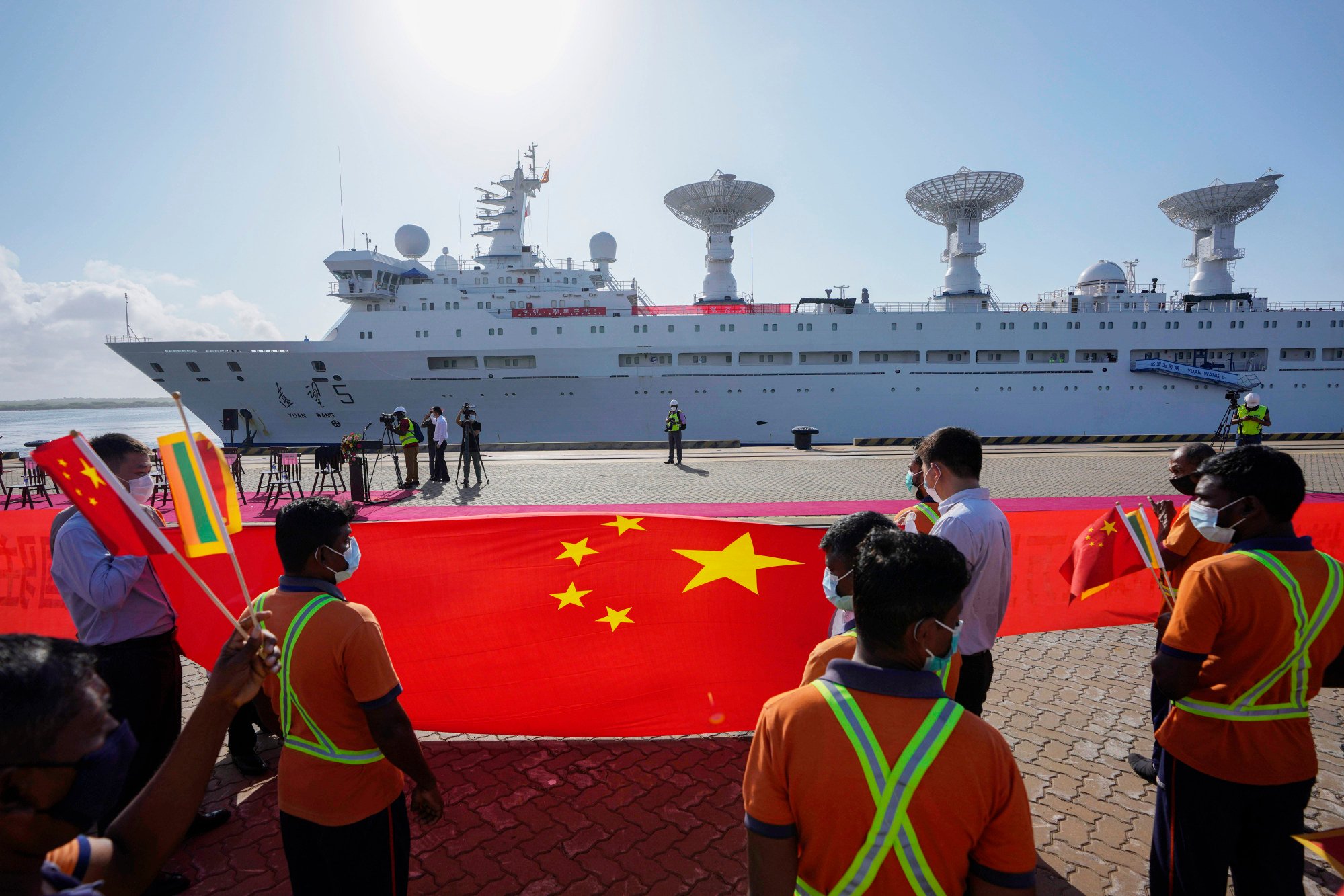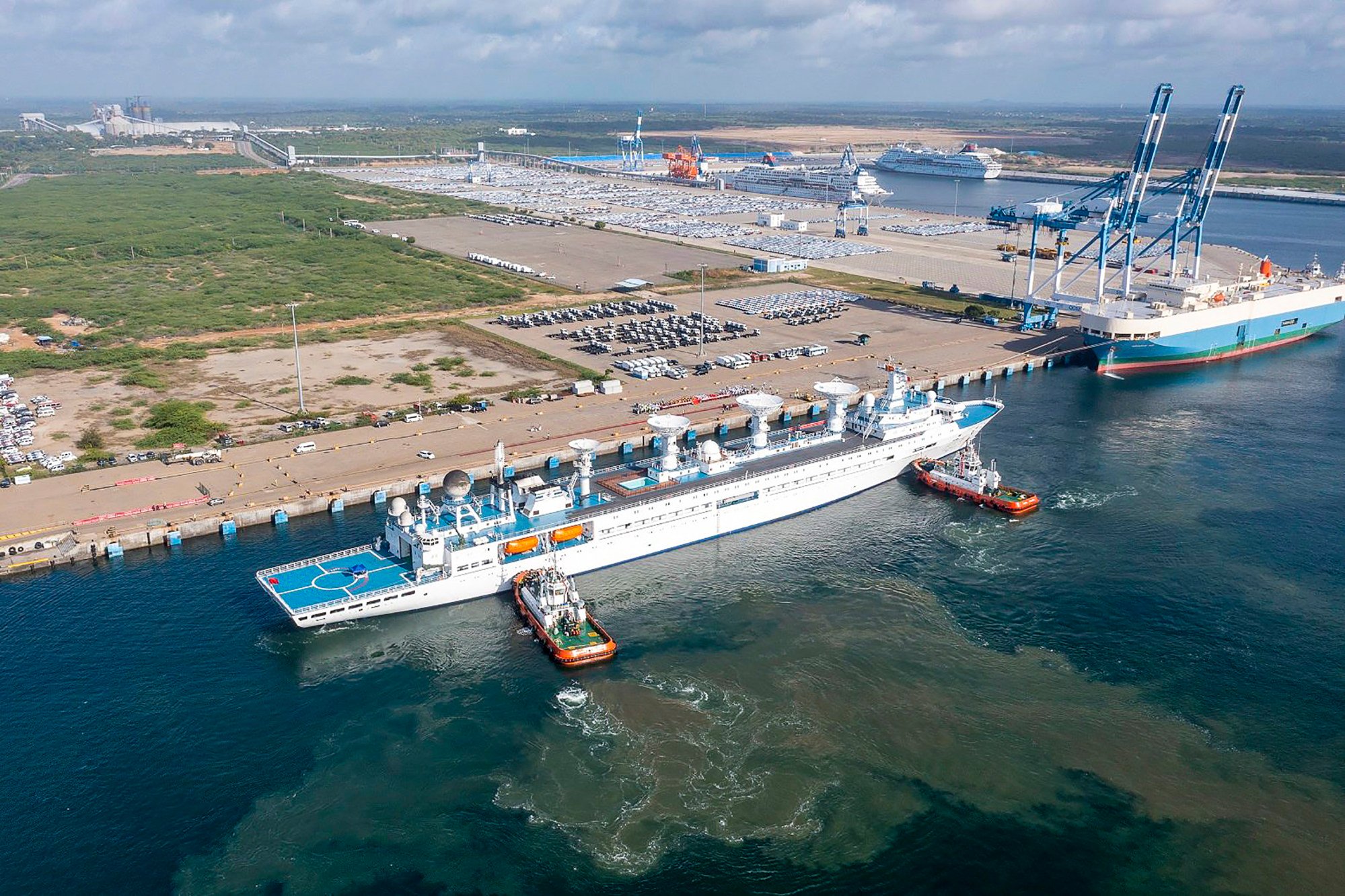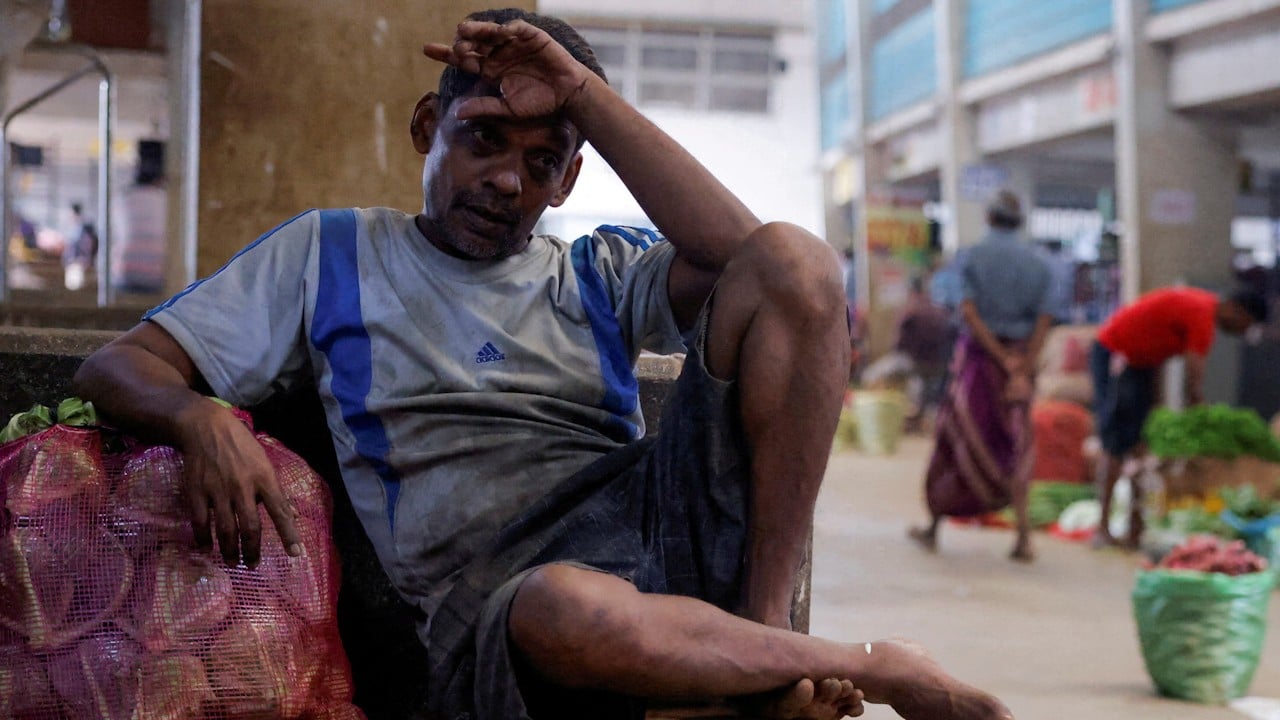Sri Lanka ban on Chinese ships a ‘victory’ for India, but shows limits of small states in big-power rivalry
This meant that Chinese scientific research vessel Xiang Yang Hong 3, which was scheduled to conduct deepwater exploration in the south Indian Ocean beginning this week, would not be given the clearance to do so.
India had earlier raised objections to Chinese research vessel Shi Yan 6, which had conducted a joint maritime survey in October to November with the Sri Lankan maritime agency.
This one-year moratorium could be seen “as a noticeable victory for India”, Singh said, but noted that the short duration meant China’s growing maritime presence in the Indian Ocean would “continue to be a matter of concern” for Delhi.
Singh, who is also a member of the governing board at the Delhi-based Society of Indian Ocean Studies, said that given Sri Lanka’s coming presidential election in April, “Colombo did not wish to trigger any tensions with its immediate neighbour”.

Abdul Rahman Yaacob, a research fellow with the Australia-based Lowy Institute’s Southeast Asia programme, said the development was significant as it reflected the limits of small countries “in manoeuvring between major powers”, forcing them to consider major powers’ interests in their foreign policies.
Rahman said the development also showed the limits of China’s ability in “leveraging its investment in developing states to serve a broader military objective”.
US invests US$553 million in Adani’s Sri Lanka port to curb China’s influence
US invests US$553 million in Adani’s Sri Lanka port to curb China’s influence
Sankalp Gurjar, assistant professor of geopolitics and international relations at the Manipal Academy of Higher Education, said the ban was also due to the growing frequency of Chinese research ships visiting Sri Lanka.
Each ship visit “is taken note of in Delhi and fears of China’s growing presence in the Indian Ocean resurface”, he said.
In addition, given Colombo’s ability to tide over its most severe economic crisis from 2022 to last year, it had “acquired some wiggle room to be able to make such decisions”, he added.

Gurjar said when Sri Lanka ceded control of Hambantota port to China, Colombo assuaged concerns then by arguing that the port would be used only for commercial operations.
Neil Devotta, professor of international affairs at Wake Forest University,, said India, and the US among others, was concerned that Chinese-owned ports might be converted to bases in the future, leading to China’s further “power projection”.
“The countries concerned would like to delay or prevent this development in the Indo-Pacific, hence the pressure on small states like Sri Lanka,” he said, adding that while Colombo owed China money and relied on it for support in international forums, it mainly depended on Western markets for exports.
“Geography dictates that it is not in the island’s interest to undermine Indian security considerations,” he said. “As India’s relative economic and military capabilities increase, Sri Lanka will have little choice but to give in more to its neighbour’s preferences.”
In 2022, Sri Lanka plunged into its worst economic crisis, suffering severe shortages and drawing protests that led to the ouster of then-president Gotabaya Rajapaksa. In April 2022, Colombo declared bankruptcy with over US$83 billion in debt, more than half of it to foreign creditors.
Last month, the IMF approved the release of US$337 million, the second tranche of a US$2.9 billion bailout package after Colombo was said to have made progress towards reducing inflation and safeguarding financial stability.
Apart from extending help to Sri Lanka during its crisis, India is also Colombo’s largest trade partner and source of foreign direct investment. Earlier this month, Colombo started upgrading the 67km railway tracks from Maho to Anuradhapura with Delhi’s help.
Devotta added that Colombo might “come under pressure” to extend the one-year moratorium, which would then be considered a “strategic victory for both India and the US”.



 Bonuses for new players
Bonuses for new players